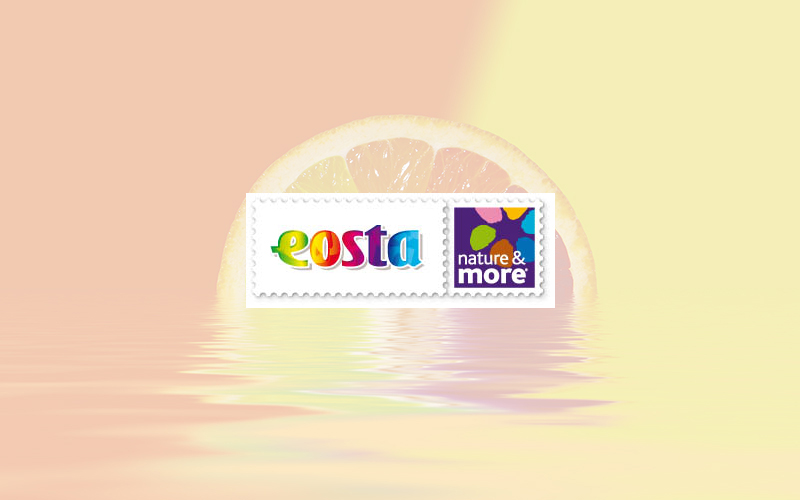True Cost Accounting initiative to reveal positive economic impact of organic fruit on consumer health
Organic fruit specialist Eosta, Triodos Bank and EY (Ernst & Young) are to reveal the results of a groundbreaking pilot programme that demonstrates how organic fruit production has a positive economic impact for not just agriculture and the environment, but for consumer health.

In conjunction with Triodos Bank and EY, organic fruit specialist Eosta will present preliminary results of True Cost Accounting pilot programme at Biofach 2017
Organic fruit specialist Eosta, Triodos Bank and EY (Ernst & Young) are to reveal the results of a groundbreaking pilot programme that demonstrates how organic fruit production has a positive economic impact for not just agriculture and the environment, but for consumer health.
The results of the pioneering True Cost Accounting pilot programme have found significant hidden benefits to consumer and producer health of buying organic fruits, including apples, pineapples, tomatoes, pears, citrus and bananas, due to the negative impact of pesticide residues.
In fact, in the case of organic apples, the benefit to consumer health has been calculated at €0.14¢ per kilo compared with conventional apples. For pineapples, the positive deficit has been estimated at €0.6¢ per kilo.
Adding in previous True Cost calculations for the hidden cost impact on soil, climate and water of organic versus conventional, organic apples have a positive financial advantage of €0.20¢ per kilo compared with production that uses agrochemicals.
Eosta – together with Triodos Bank, EY and other partners – will announce the preliminary findings of the initiative at the Biofach 2017 organic food show in Nuremberg, Germany on February 16, and will for the first time include True Cost Accounting data on health. Featuring contributors from Eosta, EY and two former German government ministers, two seminars¹ at Biofach will look at True Cost Accounting in finance, food and farming and examine how the concept can work in practice.
Intensive farming – from monoculture to the large-scale use of pesticides – has led to a depletion of natural capital, while current production methods continue to damage social capital, ie the welfare of communities. In fact, the UN Food and Agriculture Organisation (FAO) estimates that the hidden negative impact of food production on natural and social capital amounts to €5 billion per year. However, despite companies who exhaust their natural and social capital effectively having no future, such losses are not reflected in balance sheets or profit & loss accounts.
Eosta, in collaboration with Triodos Bank and EY, has taken on the challenge by participating in the ‘True Cost Accounting in Finance, Food and Farming’ pilot programme. The Dutch organic specialist will become the first participant to be accounted on a company level with True Cost Accounting, up to and including the balance sheet and profit & loss account.
The initiative follows the launch of Eosta’s True Cost of Food campaign² in 2016, which is focused on increasing awareness of the real, hidden cost of food production, in the process demonstrating that rather than organic being too expensive, conventional is too cheap.
With the ‘True Cost Accounting in Finance, Food and Farming’ pilot programme, Eosta, Triodos Bank and EY are aiming to show the real cost of food production in financial terms, and outline why such figures have to be featured in balance sheets.
The results of pilot programme will be presented from 10-11.30am on 16 February at Biofach 2017, which takes place at the Nuremberg Exhibition Centre, Germany.









